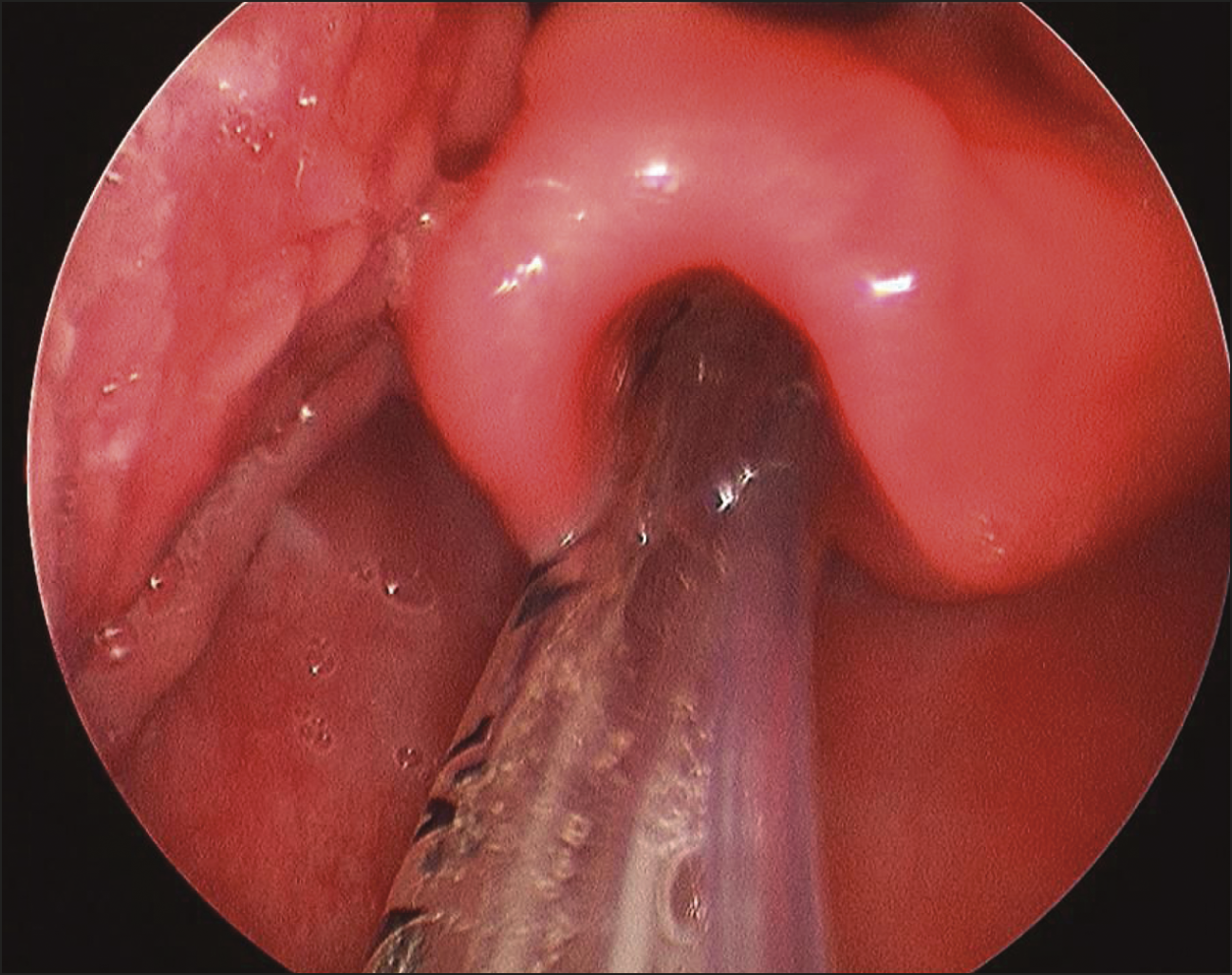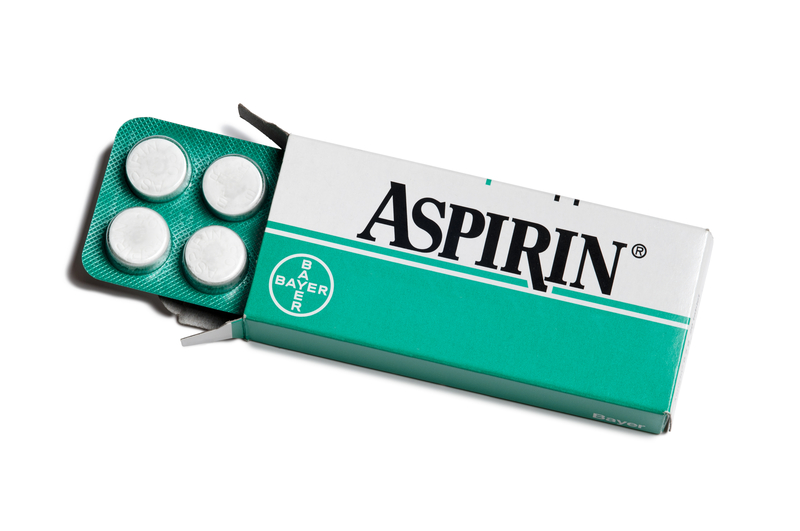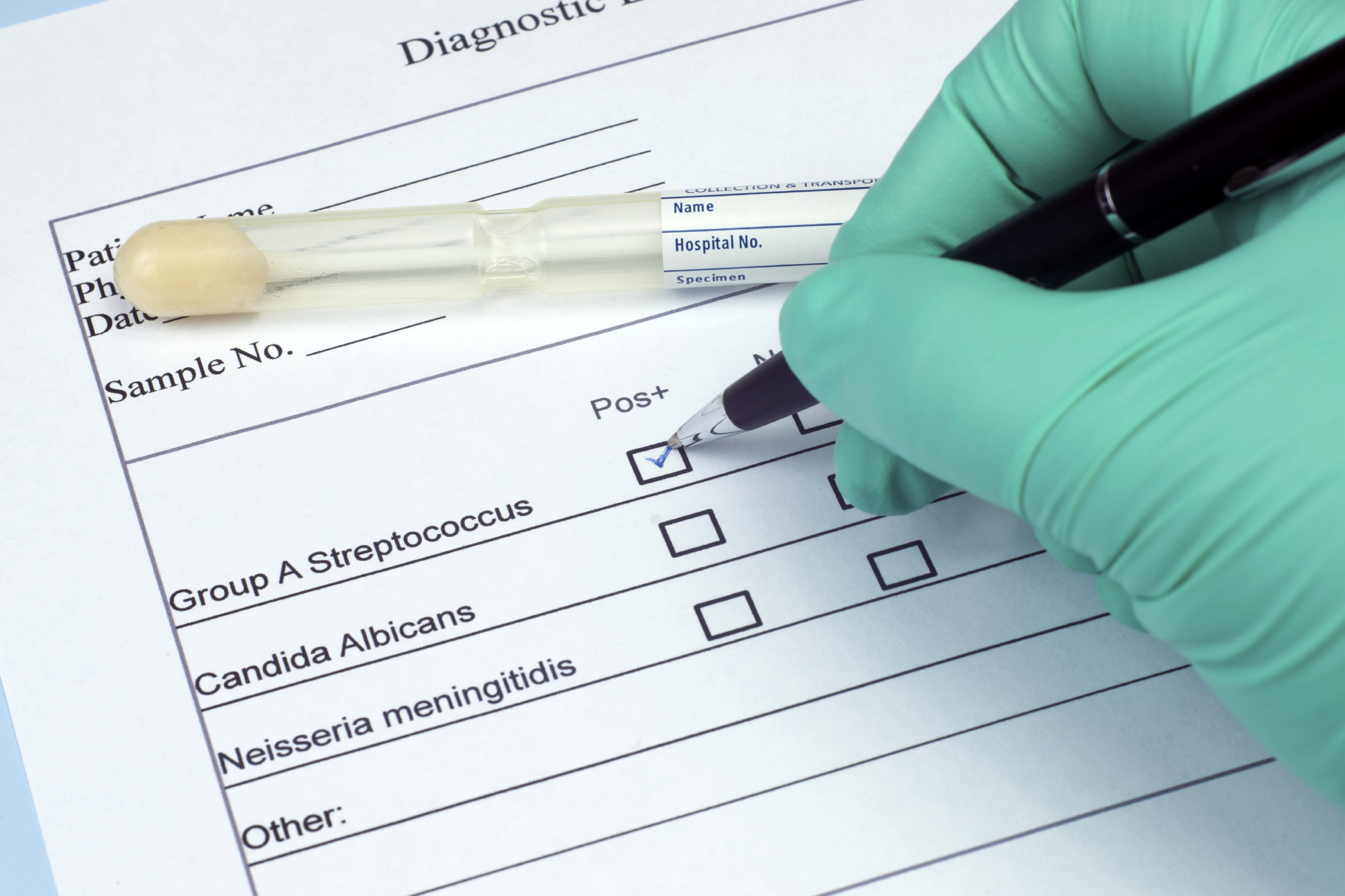Symptoms, Causes, And Treatment Of A Sore Throat
A sore throat is characterized by scratchiness, irritation or pain in the throat. The condition often becomes worse when the infected person swallows. A sore throat is most commonly caused by a viral infection such as a cold or the flu. Most symptoms of a sore throat will resolve with general home care. When a sore throat is caused by a bacterial infection, it is known as strep throat or a streptococcal infection. The following is a list of symptoms, causes, and treatment options.
10. Symptoms

The symptoms of a sore throat depend on what type of infection has occurred. General symptoms may include a scratchy or painful sensation in the throat that gets worse when talking or swallowing, sore and swollen glands in the neck and jaw, white patches or pus on the tonsils, a hoarse or raspy voice, swollen and red tonsils, and difficulty swallowing. Other symptoms may include a fever, cough, body aches, headache, vomiting or nausea, sneezing, and a runny nose.
9. Causes

A sore throat is most commonly due to a viral infection, such as the common cold or flu. Illnesses associated with a viral infection include measles, chickenpox, croup, mononucleosis or mono, a common cold, and influenza. Bacterial infections are less common and are most likely caused by Streptococcus pyogenes, which is the same infection that causes strep throat. Other less common causes of a sore throat may include allergies, irritants, dryness, tumors, HIV infection, and gastroesophageal reflux disease or GERD.
8. Miscellaneous Rare Causes

In very rare cases, a sore throat may be caused by an abscess or an infected area of tissue in the throat. Epiglottitis is another rare cause of a sore throat. It occurs when a small piece of cartilage that covers the windpipe like a lid swells up and becomes infected, resulting in an impaired airflow. Both conditions can block the airway and create a medical emergency. Seek immediate treatment anytime there is difficulty breathing.
7. Risk Factors

Anyone can develop a sore throat; however, it is most likely to occur in people suffering from a cold. Other risk factors include age, the frequency of tobacco use, exposure to chemical irritants, allergies, being in close quarters with an infected person, a weakened immune system, or chronic sinus and upper respiratory infections. A sore throat, particularly strep throat, is most common in children and teens. Smokers and people with allergies may experience a sore throat more frequently. Individuals with weakened immunity, such as those who take chemotherapy or steroids, are chronically stressed, fatigued, or have a poor a diet, are more likely to develop a sore throat.
6. When To Seek Treatment

According to the American Academy of Pediatrics, a child with a sore throat should see a doctor if symptoms do not go away with the first drink in the morning. Seek immediate treatment if a child has problems swallowing or breathing, or has unusual drooling, which might be a sign of difficulty swallowing. Adults should see a doctor when symptoms last more than a week or when a sore throat accompanies a fever higher over one hundred and one degrees Fahrenheit.
5. Diagnosis

A physical exam will need to be done to detect the cause of a sore throat. A doctor may look into the throat, ears, and nose using a lighted instrument to check for visual signs of infection or airway blockages. A physician may also check for swelling of the lymph nodes in the neck and jaw and utilize a stethoscope to listen for breathing problems. A throat swab may be needed to detect what type of infection is present. If cultures are sent to a laboratory, results are usually available within forty-eight hours.
4. Treating Viral Infections

Viral infections usually do not require medical treatment as symptoms tend to get better on their own within five to seven days. During this time, over-the-counter medications such as acetaminophen are available to treat pain and fever. Be cautious if giving aspirin to teenagers or children as aspirin has been linked to Reye’s syndrome, which is a rare but life-threatening condition that causes brain swelling, liver damage, and confusion. Aspirin should never be given to children who are recovering from the flu or chickenpox.
3. Treating Bacterial Infections

Bacterial infections such as strep throat are treated with antibiotics prescribed by a doctor only after a throat swab and proper diagnosis have been made. It is important to take the full round of antibiotics even if symptoms disappear as the infection may not be fully cleared. This can cause worsening of symptoms and may allow the virus to spread to other areas of the body. Children who do not take the full round of antibiotics for strep throat are at an increased risk of kidney inflammation or rheumatic fever.
2. Natural Remedies

Viral infections can be treated naturally with general home care and alternative medicine. If using alternative therapy for a bacterial infection, be sure to take antibiotics at the same time as natural medicine alone may not cure the infection. Drinking tea or taking herbal supplements such as licorice root, slippery elm, and honeysuckle flower may help soothe a sore throat. To make tea, boil a cup of water and add a teaspoon of tea leaves. Let the mixture steep for up to twenty minutes before straining the leaves and sipping on the water. Add raw honey and lemon for antibacterial properties and natural sweetness.
1. Homemade Throat Lozenge

Homemade throat lozenges or drops are useful for treating a sore throat without the harsh chemicals or added refined sugar in store-bought brands. They work by dissolving in the throat to ease pain and difficulty swallowing. To make, boil two cups of water infused with slippery elm leaves and add 1.5 cups of raw honey. Be sure the leaves have been extracted from the mixture before adding the honey. Use a thermometer to detect when the mixture has been heated to three hundred degrees Fahrenheit. Pour the mixture into silicon candy molds and allow to cool.